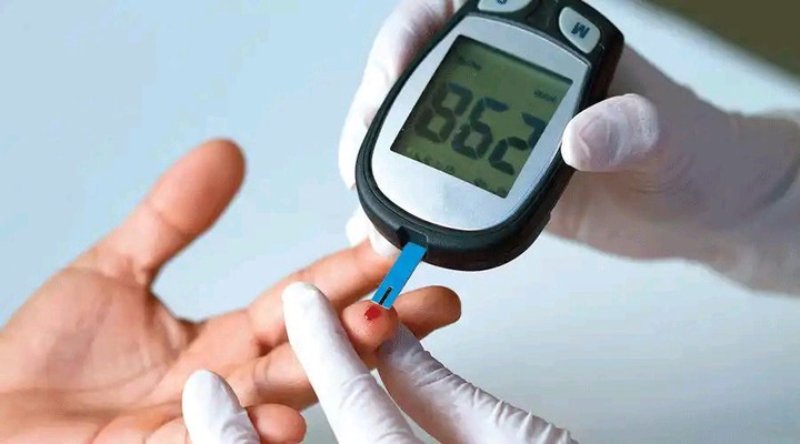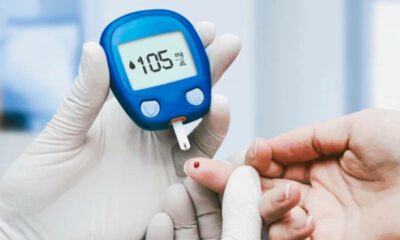Hypoglycemia, or low blood sugar, is a condition that can occur in people with diabetes. It happens when blood glucose levels drop below the normal range, typically below 70 mg/dL. If not managed properly, hypoglycemia can lead to serious health complications, including fainting, seizures, and even loss of consciousness. This article provides practical advice for recognizing, preventing, and managing hypoglycemia to help maintain stable blood sugar levels and avoid the risks associated with low blood sugar.
Understanding the Causes of Hypoglycemia
1. Skipping Meals or Delaying Eating
One of the most common causes of hypoglycemia is skipping meals or delaying eating. Without sufficient food intake, blood sugar levels can drop too low, leading to hypoglycemia.
2. Excessive Physical Activity
While exercise is beneficial for managing diabetes, excessive or unplanned physical activity can lower blood sugar levels too much, especially if you haven’t adjusted your food intake accordingly.
3. Inadequate Carbohydrate Intake
Carbohydrates are the body’s primary source of glucose. Consuming too few carbohydrates or not timing them properly with physical activity can lead to low blood sugar levels.
Recognizing the Symptoms of Hypoglycemia
1. Early Warning Signs
Early symptoms of hypoglycemia can include shakiness, sweating, dizziness, hunger, irritability, and a rapid heartbeat. These symptoms are your body’s way of signaling that it needs more glucose.
2. Severe Symptoms
If hypoglycemia is not treated promptly, more severe symptoms may develop, such as confusion, blurred vision, difficulty speaking, and coordination problems. In extreme cases, hypoglycemia can lead to seizures, unconsciousness, or coma.
Practical Strategies for Preventing Hypoglycemia
1. Regular Monitoring of Blood Sugar Levels
The most effective way to prevent hypoglycemia is by regularly monitoring your blood sugar levels. Check your blood sugar before meals, before and after exercise, and before bed to ensure it stays within your target range. Use a continuous glucose monitor (CGM) if possible, as it provides real-time data and alerts you to any significant changes.
2. Eating Regularly and Not Skipping Meals
Eating regular meals and snacks is crucial for maintaining stable blood sugar levels. Ensure you eat balanced meals with carbohydrates, protein, and healthy fats to provide a steady source of energy throughout the day. Carry quick snacks, like glucose tablets or fruit juice, for emergencies.
3. Planning for Physical Activity
To prevent exercise-induced hypoglycemia, plan your meals around your activity level. If you’re going to be more active than usual, consider eating an extra snack to help maintain your blood sugar levels.
4. Choosing the Right Carbohydrates
Incorporate a mix of complex carbohydrates and simple sugars into your diet to help maintain stable blood sugar levels. Complex carbohydrates, such as whole grains and vegetables, provide a slower release of glucose, while simple sugars, like fruits, offer a quicker boost when needed.
5. Staying Hydrated
Proper hydration is essential for overall health and can help maintain stable blood sugar levels. Drink plenty of water throughout the day, especially before, during, and after exercise.
6. Educating Yourself and Others
Educate yourself about hypoglycemia and ensure those around you, such as family members, friends, and coworkers, are aware of the signs and know how to help you if needed. Wear a medical ID bracelet that identifies you as having diabetes.
Managing Hypoglycemia When It Happens
1. The 15-15 Rule
If you experience symptoms of hypoglycemia, follow the 15-15 rule: consume 15 grams of fast-acting carbohydrates (such as glucose tablets, juice, or regular soda), wait 15 minutes, then recheck your blood sugar. If it’s still low, repeat the process until your blood sugar returns to a safe level.
2. Follow-Up with a Meal or Snack
After treating hypoglycemia, follow up with a meal or snack that contains protein and complex carbohydrates to help stabilize your blood sugar levels and prevent another drop.
3. When to Seek Help
If your symptoms are severe, such as confusion or unconsciousness, or if you’re unable to raise your blood sugar with the 15-15 rule, seek help immediately. In such cases, having someone around who knows how to assist you is crucial.
Conclusion
Managing hypoglycemia is a critical aspect of diabetes care. By understanding the causes, recognizing the symptoms, and following practical strategies to prevent low blood sugar, you can maintain better control over your blood glucose levels and reduce the risk of serious complications. Regular monitoring, eating balanced meals, planning for physical activity, and staying hydrated are all essential steps in preventing hypoglycemia. Remember, being prepared and proactive can help you manage your diabetes more effectively and lead a healthier, more balanced life.

 Diabetology2 weeks ago
Diabetology2 weeks ago
 Diabetology1 week ago
Diabetology1 week ago
 Diabetology6 days ago
Diabetology6 days ago
 Diabetology7 days ago
Diabetology7 days ago
 Diabetology7 days ago
Diabetology7 days ago
 Diabetology4 days ago
Diabetology4 days ago
 Diabetology4 days ago
Diabetology4 days ago
 Diabetology2 days ago
Diabetology2 days ago












